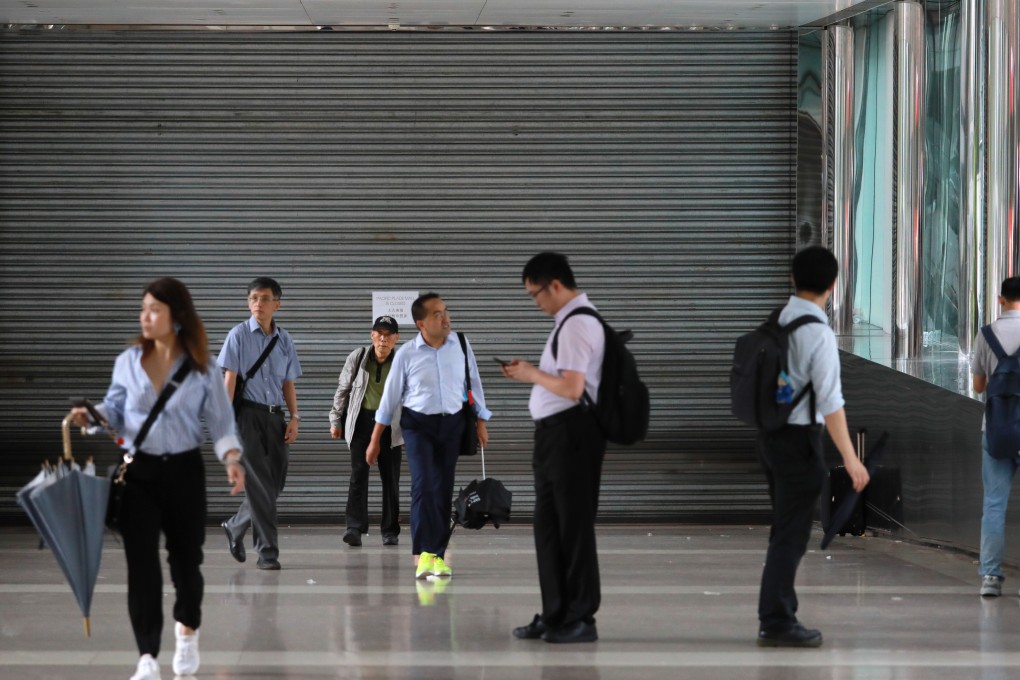Concrete Analysis | Navigating the evolving risks in the real estate and hospitality industries
- Insurance must be viewed within the wider context of enterprise risk management, encompassing risk mitigation measures that reduce the threat to people and property, says Edward Farrelly of Marsh

Recent events in Hong Kong have highlighted risks arising from social unrest. Property owners in affected areas are undoubtedly reviewing their insurance coverage, particularly “SRCC” clauses, relating to strikes, riots and civil commotion. This will generally cover property damage and public liability under these situations.
However, insured parties can also be affected by what happens in their immediate surroundings, as businesses around Admiralty can testify. Even with minor damage or a complete lack of physical impact, large losses of revenue can be incurred. Non-damage business interruption insurance policies can therefore be an important consideration for a business. Certain risks, such as loss of attraction, are not normally covered by traditional insurance, but they can be supplemented through innovative solutions.
All of this points to a need for companies to know their real risks, and adequately put measures in place to protect themselves and their stakeholders. Real estate owners, managers and occupiers must become aware of the risk presented not only by social unrest, but also political violence and terrorism. Offices, shopping malls, and hotels in prime areas of Hong Kong attract high profile tenants and generate high volumes of foot traffic, increasing the risk profile.
Generally speaking Hong Kong is perceived to be a safe and welcoming city, both on a personal level – witness the number of tourists – and also in terms of doing business.
The Lloyds City Risk Index (the LCRI) reinforces this view. To measure the potential financial impact of catastrophes, the LCRI estimates cities’ GDP at risk. In 2018 it categorised Hong Kong as being only moderately at risk, ranking it 51st out of 279 cities globally. That said, “moderate risk” does not mean “no risk” and we should not become complacent.
Further, according to the World Economic Forum’s executive opinion survey, published in 2018, economic and technological concerns such as asset bubbles, cyber-attacks, and data fraud/theft were among the top concerns with respect to doing business in Hong Kong. The asset bubble concern reflects, among other things, high residential house prices and a large proportion of the population being priced out of the market. This was recently highlighted by Paul Chan, the Financial Secretary, when he issued a housing affordability warning for Hong Kong.
Social instability was another area of concern highlighted by the World Economic Forum’s study. While the root causes may be diverse, real estate can be a contributing factor if the younger population is excluded from the property market. Income inequality will rise and exacerbate the risk of unrest. At the other end of the generational spectrum, inadequate pension provision among the population, coupled with lower birth rates and longer life expectancy, also point to future social stressors.

